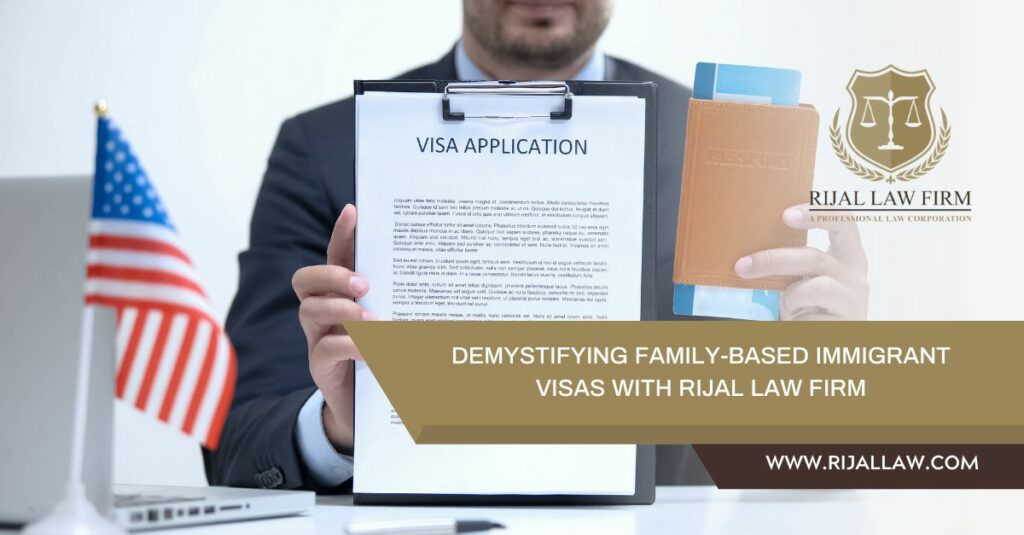If you’re seeking to reunite with family members in the United States, the process can be intricate, involving immigration regulations, quotas, and paperwork. At Rijal Law Firm, we understand that this journey can be daunting for both immigrants and U.S. citizens alike. Fortunately, there are various immigrant visa options tailored to different circumstances.
In the United States, family-sponsored immigrants who aren’t immediate relatives can access a pool of 480,000 visas annually. Once this quota is met, prospective immigrants must wait until October 1 of the following fiscal year to reapply. Moreover, they must undergo a comprehensive evaluation based on their visa category.
The Foundation of U.S. Immigration: Family Reunification
The current immigration system, established by the Immigration and Nationality Act of 1965, emphasizes family reunification. This “preference system” prioritizes new immigrant admissions based on family or employer sponsorship. Family-based immigration accounts for approximately 65% of all legal immigration and nearly 85% of recent arrivals in the United States. Over half of recent green card recipients from Asia and more than 80% from Mexico were sponsored by family members.
Exploring Immigration Visas for Family Reunification
If you’re contemplating reuniting with family members, immigration visas offer various avenues. Let’s delve into some of the key options:
Fiancé Visa (K-1): This popular visa allows a U.S. citizen to bring their fiancé from another country to the United States before marriage. The sponsor, typically the fiancé, must demonstrate the seriousness of the relationship by fulfilling specific criteria. Notably, the couple must marry within 90 days of the immigrant fiancé’s arrival in the U.S.
Visas for Close Family Members: Spouses, minor children, and parents of U.S. citizens face a more straightforward immigration process, provided they meet residency and financial sponsorship requirements.
V-Visa: Green card holders (U.S. Resident Aliens) with family members abroad can use this visa to bring their family to the U.S. before obtaining Resident Alien status. The petitioner must have filed an Immigrant Relative Petition that has been pending for at least three years.
Visitor Visa (K-3): U.S. citizens can use this temporary visa to reunite with their spouse or child from outside the U.S. while pursuing U.S. Resident Alien status. Eligibility criteria include income, marital status, and the age of the children involved.
Seek Expert Guidance
Selecting the most suitable visa option depends on your unique circumstances and goals. To make an informed decision, it’s crucial to consider the specific benefits of each choice carefully.
If you require assistance with visa applications, extensions, or change of status, contact Rijal Law Firm promptly. Our experienced team is dedicated to helping you find the right solution to your immigration visa needs.


